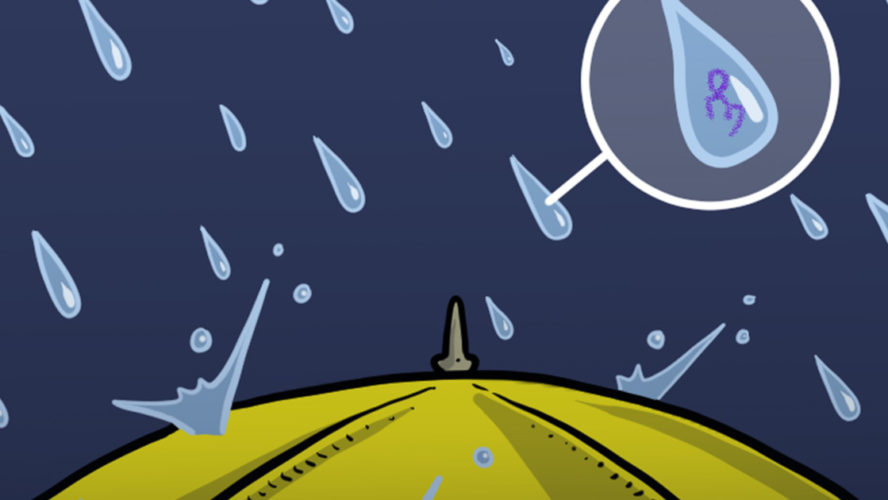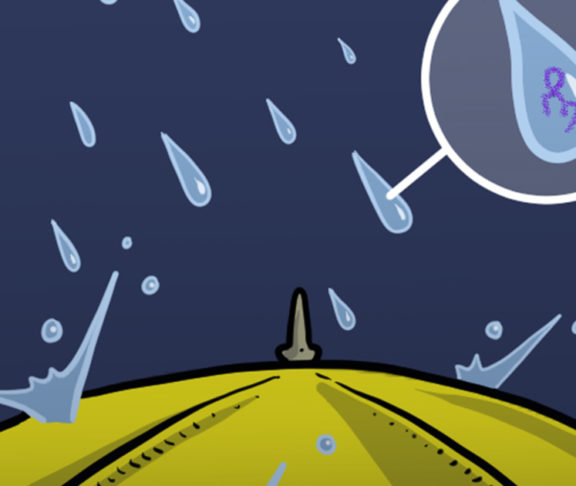We need water, and we need clothes. But the two struggle to co-exist; here’s why.
From the rippling waters of our lakes to bottles and cups filled up to the brim, water ensures that every life form, from the smallest bacteria to the largest elephant, survives.
And yet, humanity’s clothing system is poisoning water bodies.
Through washing, synthetic materials in clothes release tiny microplastics into the water, which evaporates and descends in the form of rain or snow. At the same time, it takes 2,700 litres of water to grow enough cotton to produce a T-shirt.
All living beings are affected, but damage to the aquatic ecosystem puts this into perspective. In addition to evaporating and falling as rain or snow, these microplastics are so tiny that fish eat them accidentally, causing them to fall sick or even die.
And the fertilizer needed to cultivate cotton? It can end up in the water system, causing algae to grow out of control. As a result, the algae overgrowth blocks sunlight, kills fish and plants, and pollutes drinking water. So what can be done?

Youth making waves across Canada
Many young Canadians are stepping up to the challenge of correcting this wrong. But first, they need to know where to start. Climate change can feel overwhelming to many young people, and once they begin learning about it, anxiety can overcome them.
Youth need to have a sense of power in how they respond. They need to rediscover hope.
They can find that hope through Let’s Talk Science’s youth-driven Clothing4Climate action project. While exploring the complex relationship between water and the clothing system, youth may discover relevant solutions, such as how to build a water filter.
Making their own decisions and discovering their voice, Clothing4Climate empowers youth and allows them to make a meaningful systemic change through climate science.

At the same time, a group of students from the University of Sherbrooke started Hoola One, a company that designs special vacuums to clean up microplastics. In addition, they’re working on several other projects to restore the affected ecosystems.
In Ottawa, a group of students wanted to create a sustainable way to address the water crisis affecting Indigenous communities. Their solution was Project Nibi, a social enterprise that works with communities to test their water, identify purification solutions and take ownership of their drinking water.
While the past may have long hidden the relationship between water and clothing, youth are making waves and ensuring that our waterways are poison-free for future generations.




